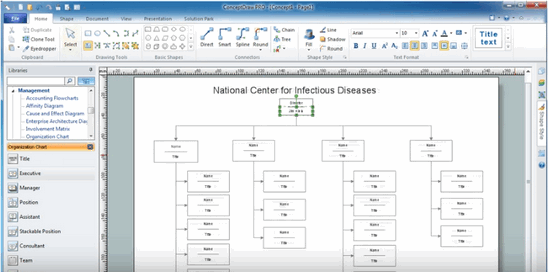

Inlinks – View all pages linking to a URL, the anchor text and whether the link is follow or nofollow.hreflang Attributes – Audit missing confirmation links, inconsistent & incorrect languages codes, non canonical hreflang and more.Redirect Chains – Discover redirect chains and loops.Follow & Nofollow – View meta nofollow, and nofollow link attributes.Pagination – View rel=“next” and rel=“prev” attributes.X-Robots-Tag – See directives issued via the HTTP Headder.Canonicals – Link elements & canonical HTTP headers.Meta Refresh – Including target page and time delay.Meta Robots – Index, noindex, follow, nofollow, noarchive, nosnippet etc.H2 – Missing, duplicate, long, short or multiple headings.H1 – Missing, duplicate, long, short or multiple headings.Word Count – Analyse the number of words on every page.Crawl Depth – View how deep a URL is within a website’s architecture.


External Links – View all external links, their status codes and source pages.Blocked Resources – View & audit blocked resources in rendering mode.Blocked URLs – View & audit URLs disallowed by the robots.txt protocol.Redirects – Permanent, temporary, JavaScript redirects & meta refreshes.Errors – Client errors such as broken links & server errors (No responses, 4XX client & 5XX server errors).Trials Table allows you to manipulate variables and track experimental data between trials and runs. a group parameter)įor example, in the Simple Pendulum lab, students time a pendulum under different conditions by varying the mass, length, and starting angle. Plot derived values (such as an average of runs vs.Organize data to easily define variable relationships.It supports the analysis students need to develop critical thinking The Capstone Trials Table was created to reflect how data is collected in science labs.
Program for drawing graphs in mac software#
Most software data tables don’t support this and require data export and processing… until Capstone 2. Next, they vary a parameter while holding the others constant again, taking more runs and calculating averages. Scientists always take multiple runs and calculate averages. Keep track of statistics for averaged runs and experimental error. The Capstone Trials Table allows you to vary and keep track of experimental parameters between trials and runs taken in each trial. They will vary the mass, length, and startingĪngle. Using the simple pendulum lab as an example, students will time a simple pendulum under various conditions. Organize your data to easily define physical relationships.The Capstone Trials Table was created for how data is collected in the science lab and allows for the kind of analysis students need to perform. Most software data tables don't actually allow this to be done easily. Taking more runs and calculating averages. Next, you vary a parameter while holding the other constant again, You take multiple runs and calculate averages. Rotate components and connect pieces together by drawing wires. Show conventional current and electron flow animationĭrag components out from the components list.With the Circuits Emulation tool in Capstone 2, you can: Combine real-world circuits with simulations, animation, and live measurements.ĭrag components from the components list, then rotate them and connect pieces together by drawing wires. Reinforce circuit concepts and tackle student misconceptions using circuit visualization. The pop-up tools allow for easy access to Now, whenever tools are activated, the most common actions will be easily accessible on the graph.


 0 kommentar(er)
0 kommentar(er)
